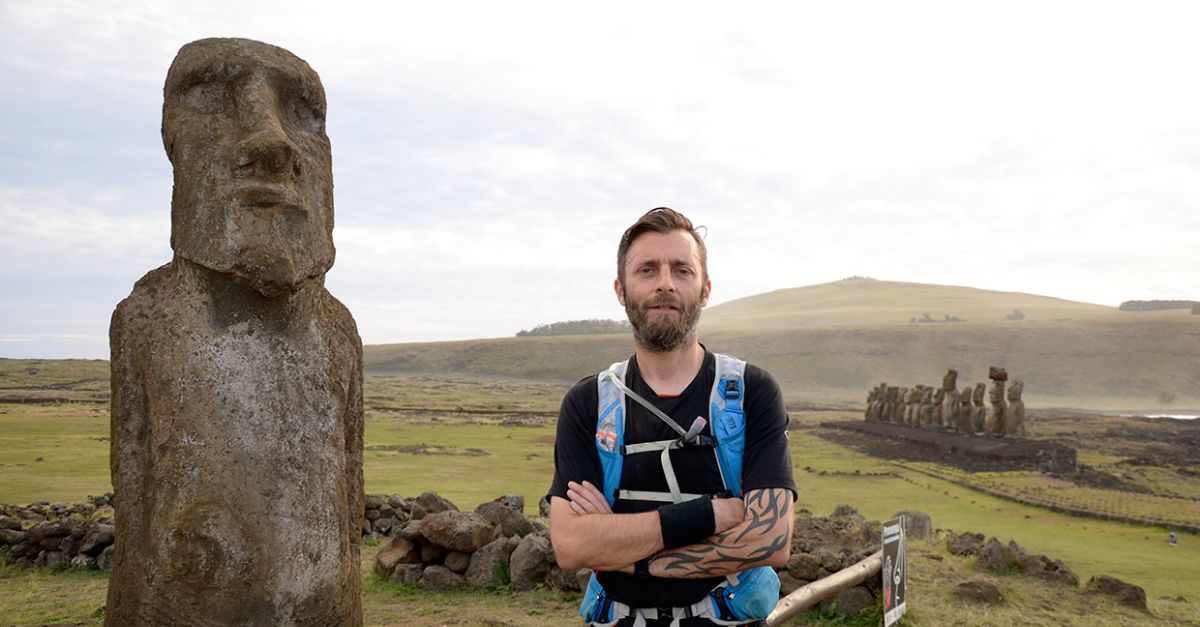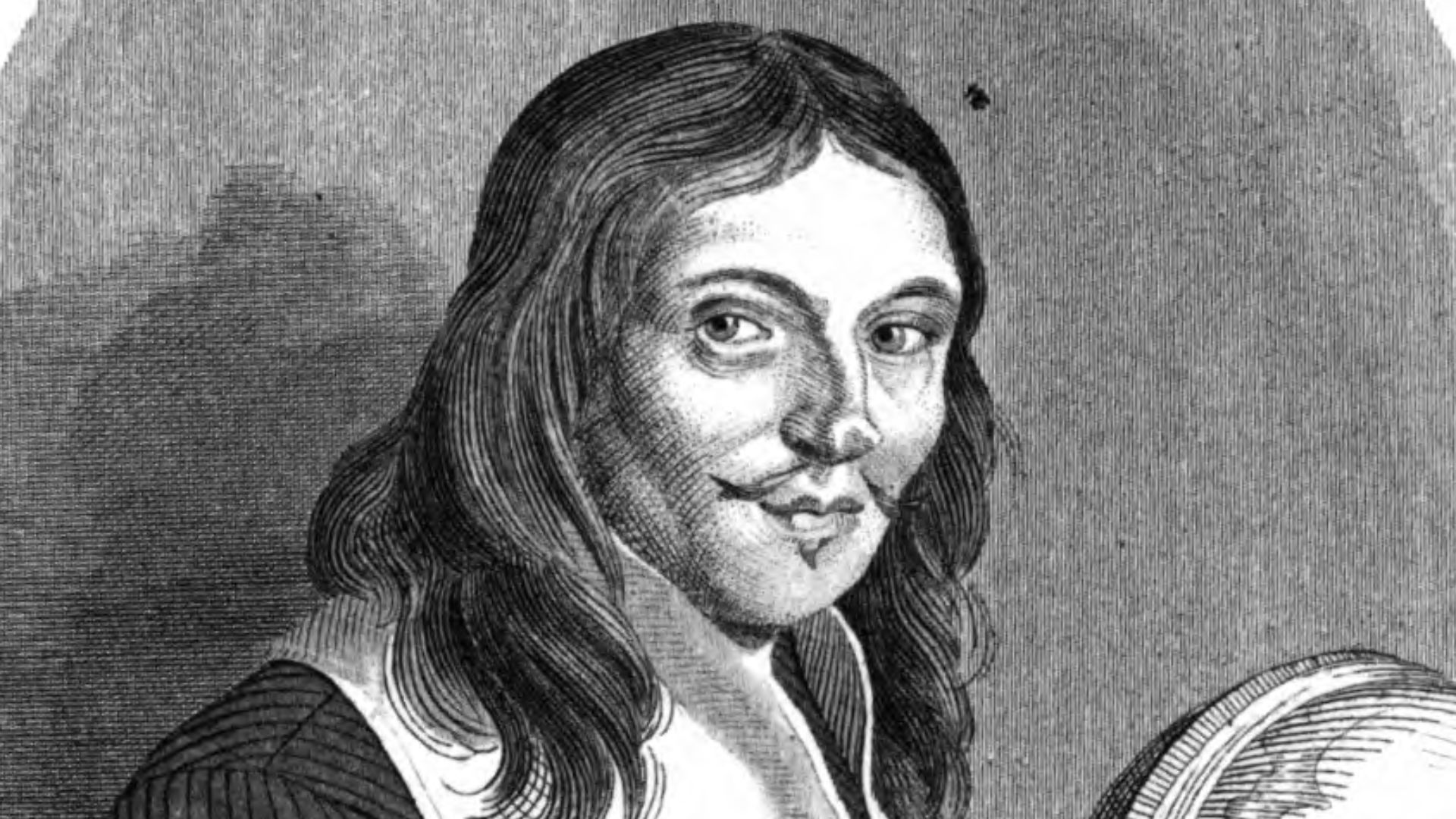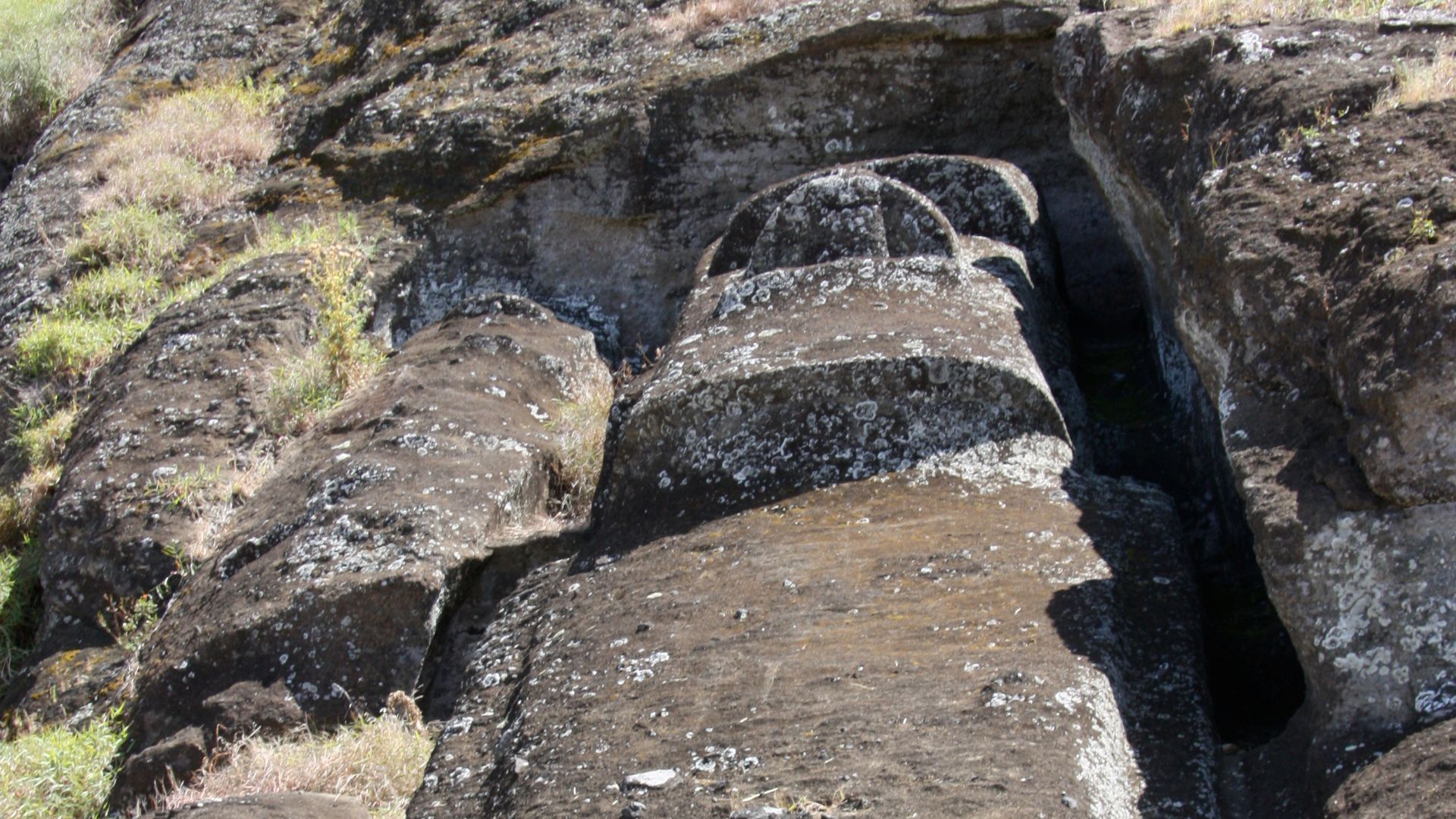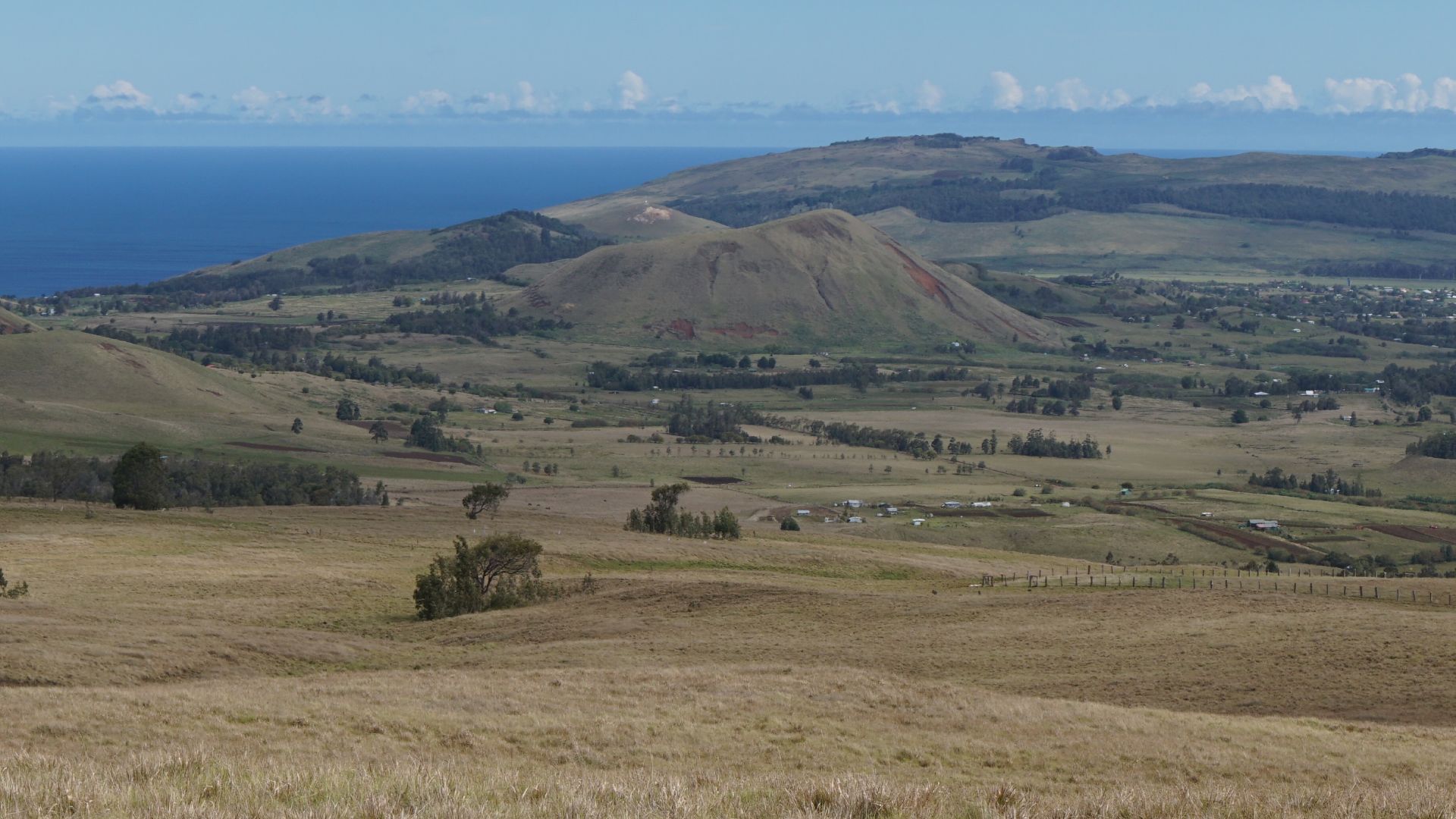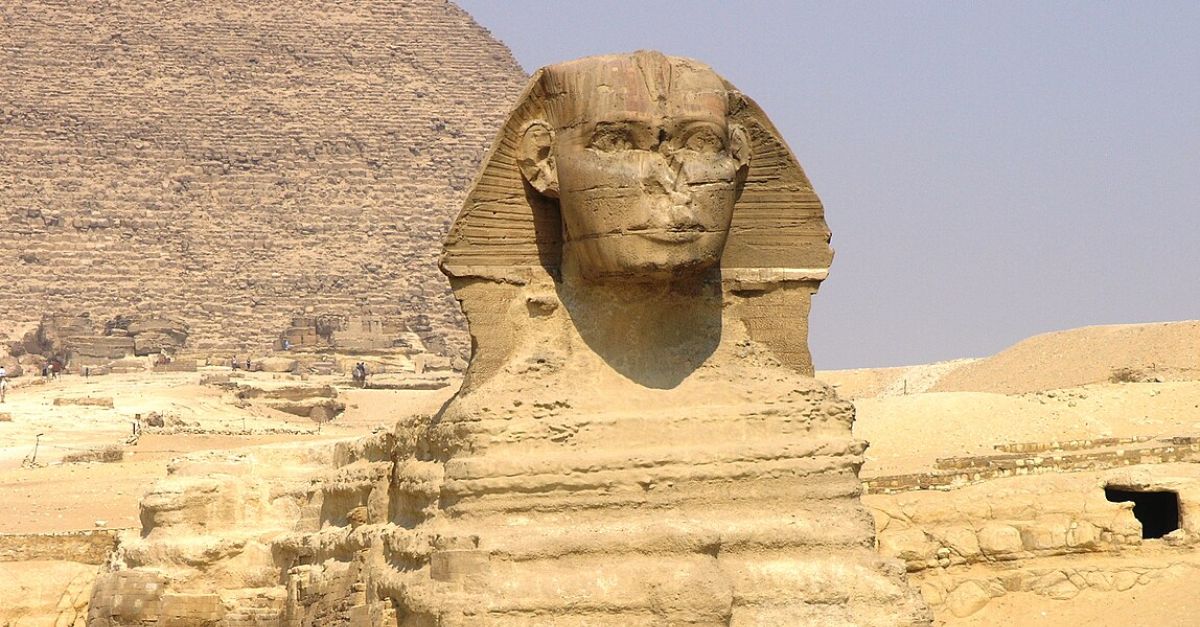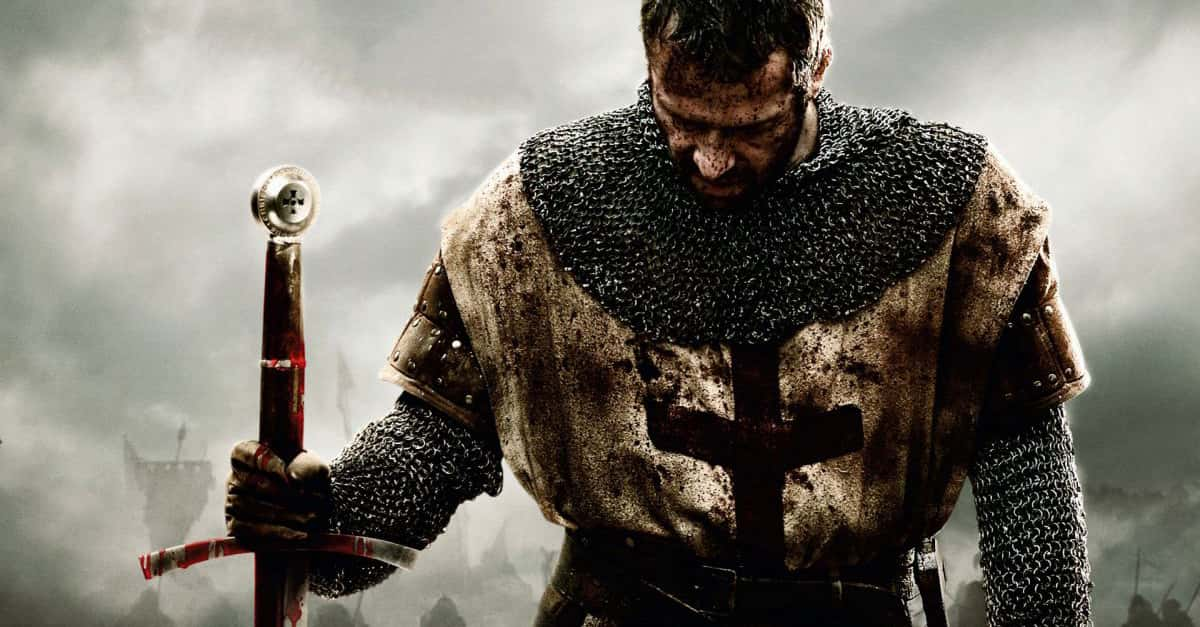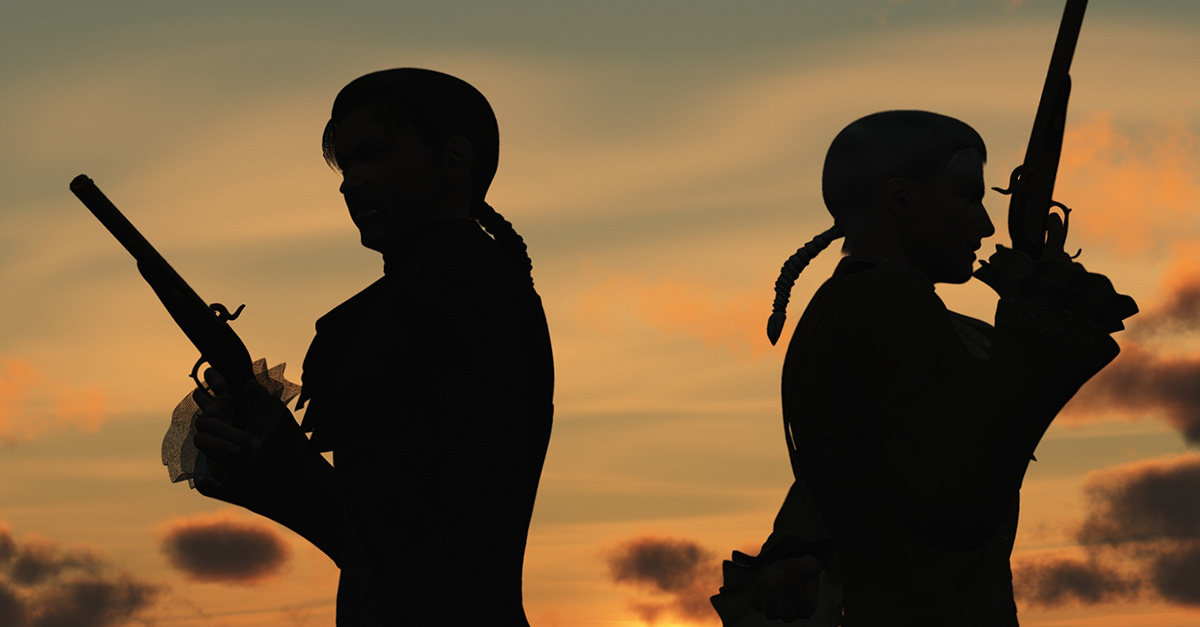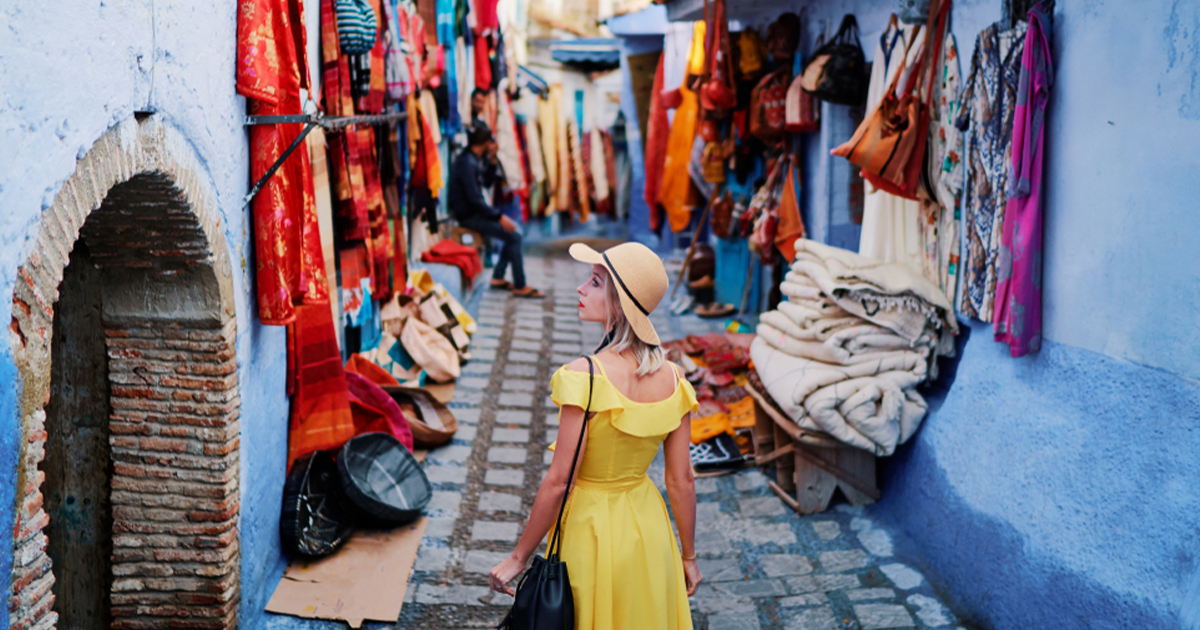Moai Mystery Deepens
The drought hit Easter Island hard, but it gave archaeologists an incredible gift. Hidden beneath a volcanic lake was an ancient statue that even the island's oldest families never knew existed.
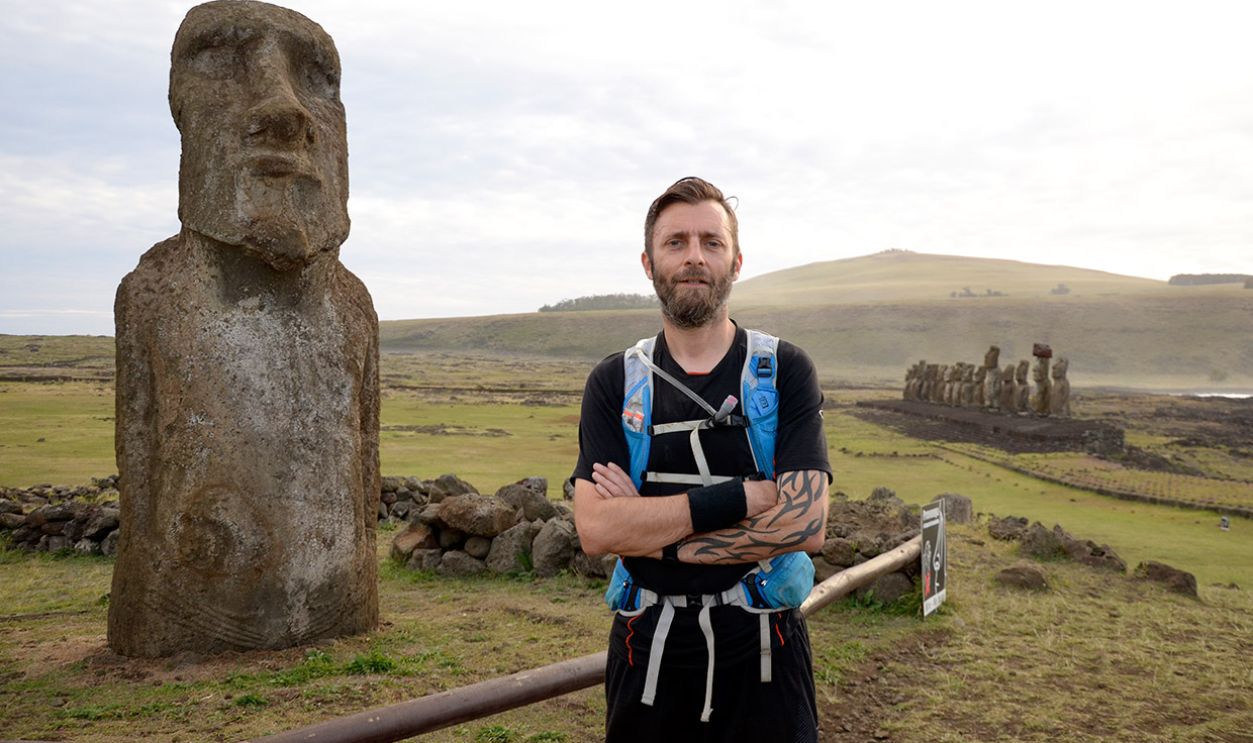
Island Origins
Easter Island emerged from underwater volcanic eruptions millions of years ago, becoming one of Earth's youngest inhabited territories. This triangular speck sits 2,182 miles from Chile's mainland in the vast Pacific. It is the most isolated inhabited place on our planet—a tiny dot of volcanic rock.
Polynesian Settlement
Around 800–1200 CE, brave Polynesian navigators accomplished the impossible: finding this needle-in-a-haystack island using only stars, currents, and bird flight patterns. Led by Chief Hoto-Matua, the master seafarers sailed double-hulled canoes loaded with families, livestock, and sweet potato plants.
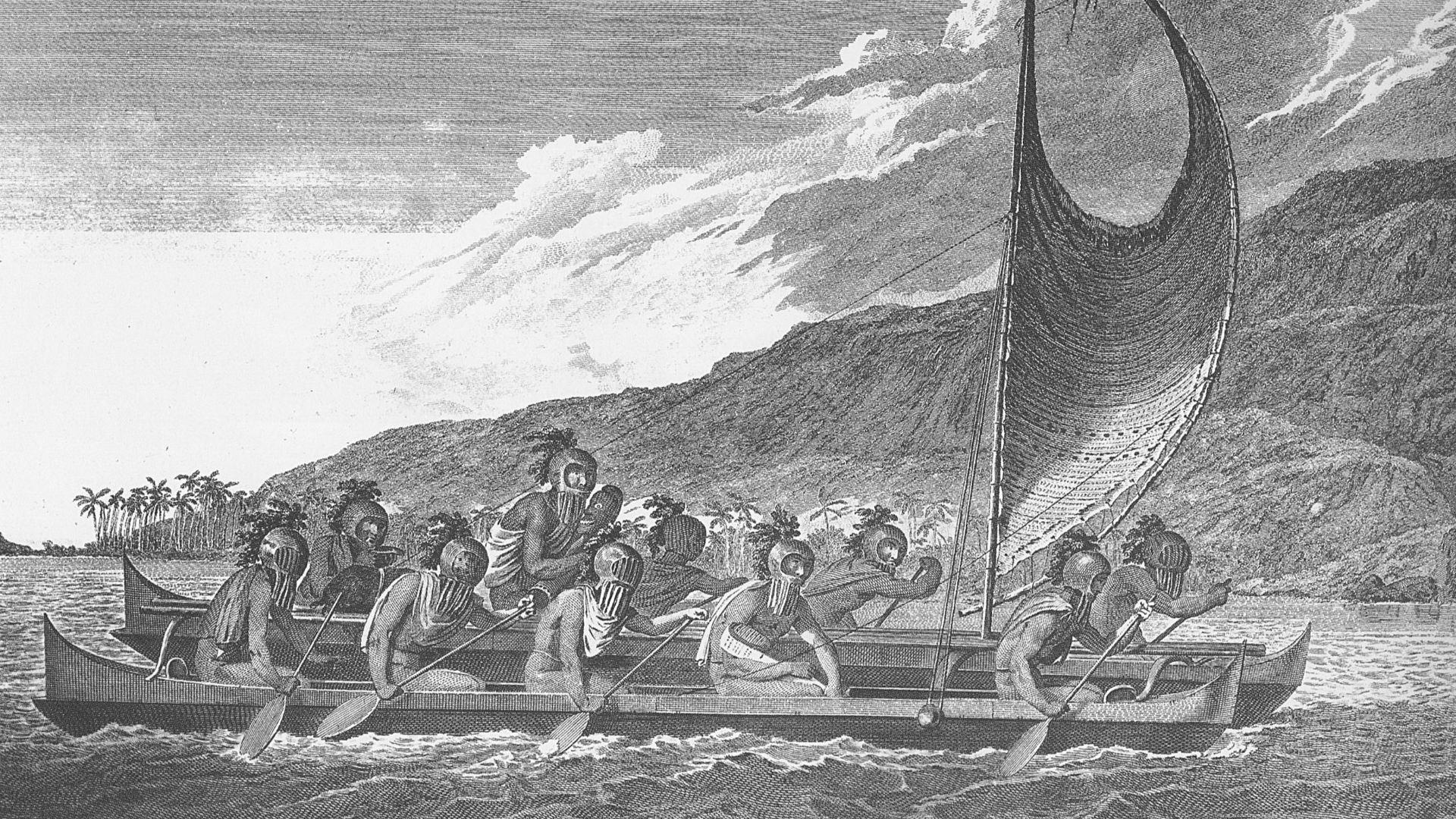 User:Makthorpe, Wikimedia Commons
User:Makthorpe, Wikimedia Commons
Social Structure
Ancient Rapa Nui society operated under a strict hierarchical system led by an ariki (divine king) who wielded absolute god-like power. Below him were noble chiefs, skilled craftsmen, and commoners who formed the majority population. This rigid class structure determined who could commission moai statues.
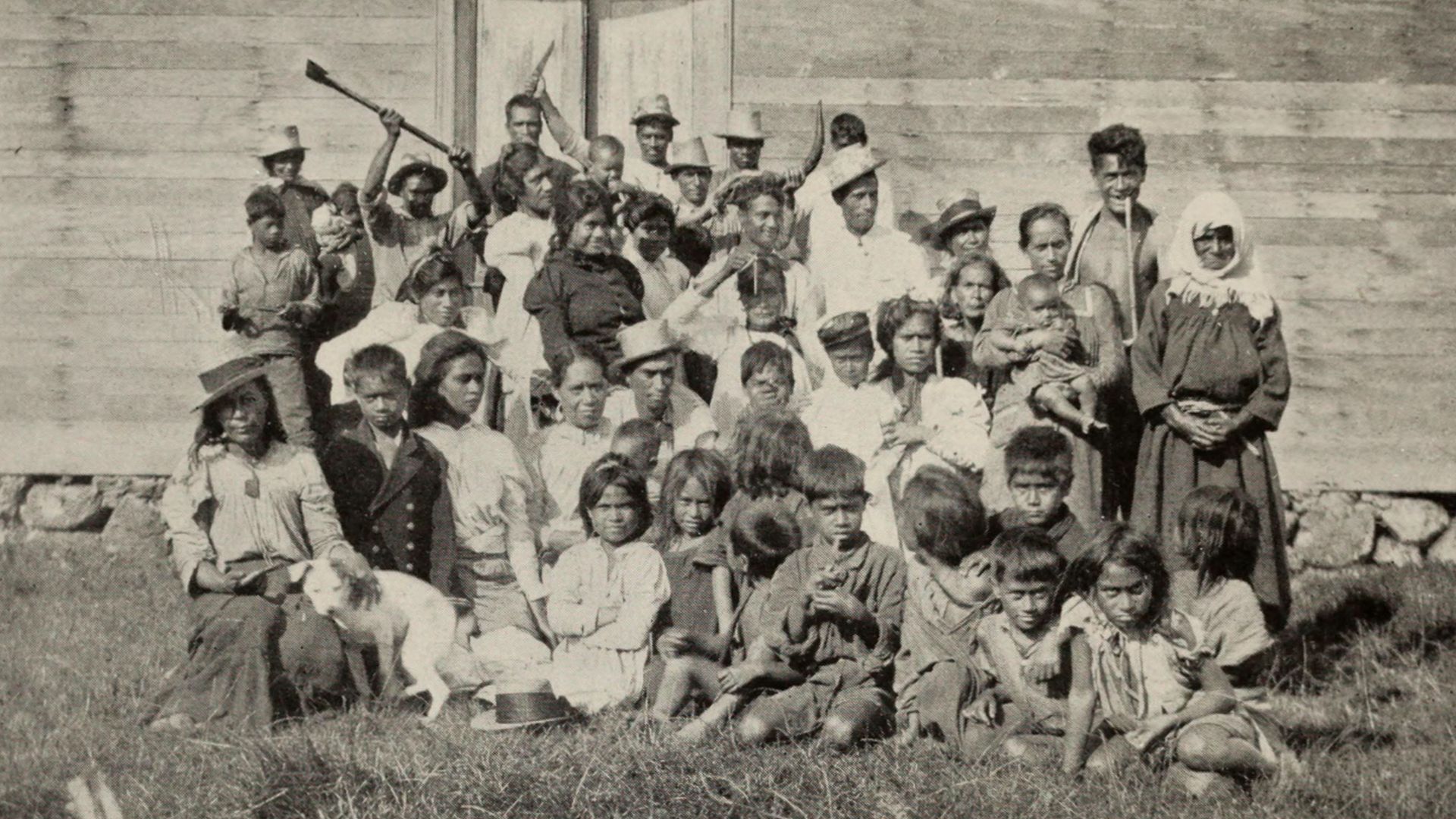 Unknown authorUnknown author, Wikimedia Commons
Unknown authorUnknown author, Wikimedia Commons
Survival Resilience
These folks demonstrated extraordinary adaptability, surviving multiple catastrophes, including deforestation, civil wars, slave raids, and disease epidemics that reduced their population to just 111 people by 1877. Their population has recovered to around 8,000 today while maintaining their Polynesian identity and traditions.
 Fundación Región de Colchagua from Colchagua, Chile, Wikimedia Commons
Fundación Región de Colchagua from Colchagua, Chile, Wikimedia Commons
Moai Creation
Between 1250–1650 CE, the Rapa Nui people carved nearly 1,000 moai statues to honor their deified ancestors. These massive monuments, weighing 10–82 tons each, were crafted using only stone tools called toki from compressed volcanic ash. Each statue represented a deceased chief.
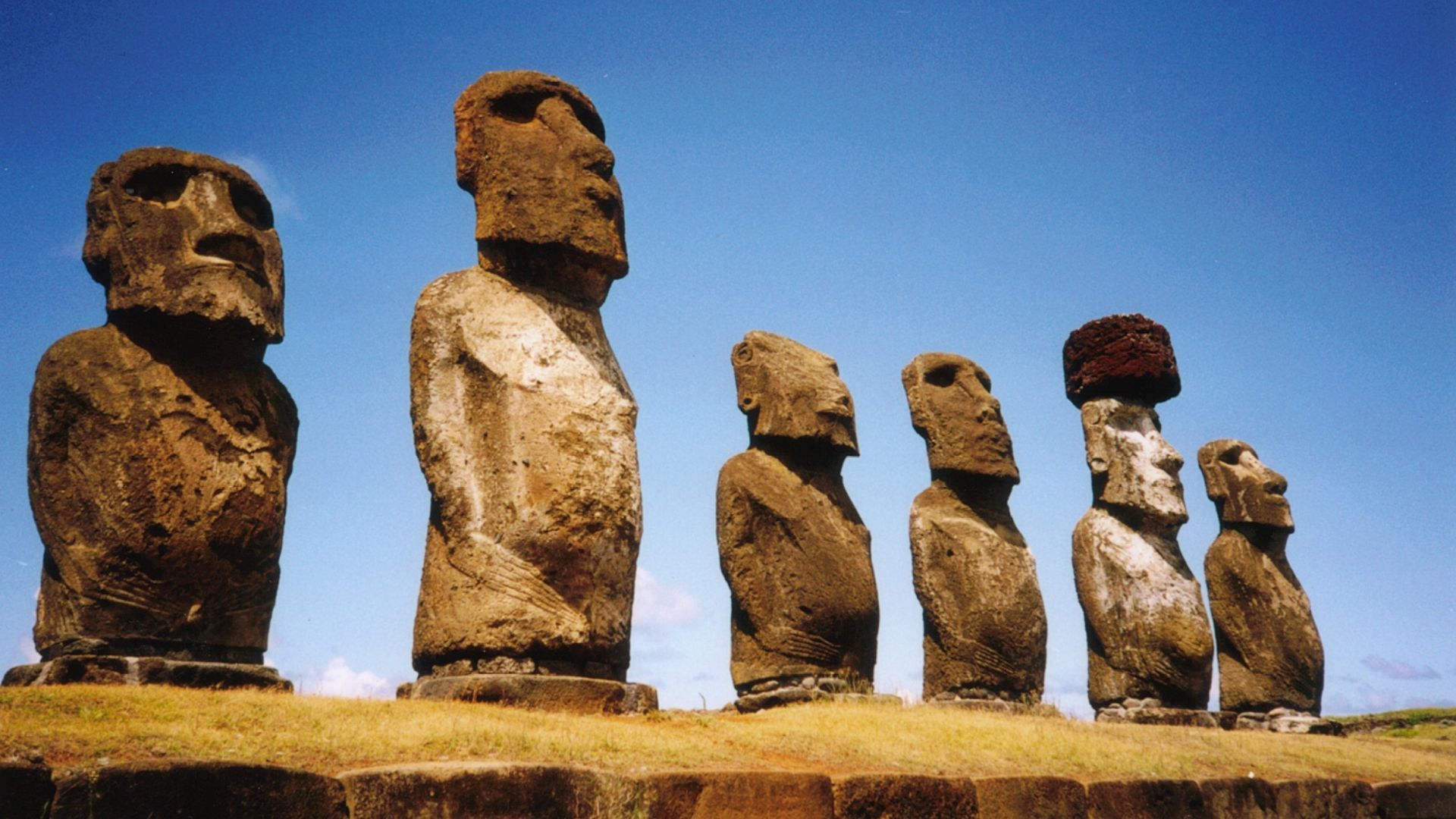 Makemake at German Wikipedia, Wikimedia Commons
Makemake at German Wikipedia, Wikimedia Commons
Moai Evolution
Early Period moai (700–850 CE) were smaller and resembled South American stonework, featuring rounded heads and different proportions. Middle Period statues (1050–1680 CE) developed the classic elongated faces, prominent noses, and distinctive ear shapes we recognize today. Lastly, late-period moai were enormous and refined.
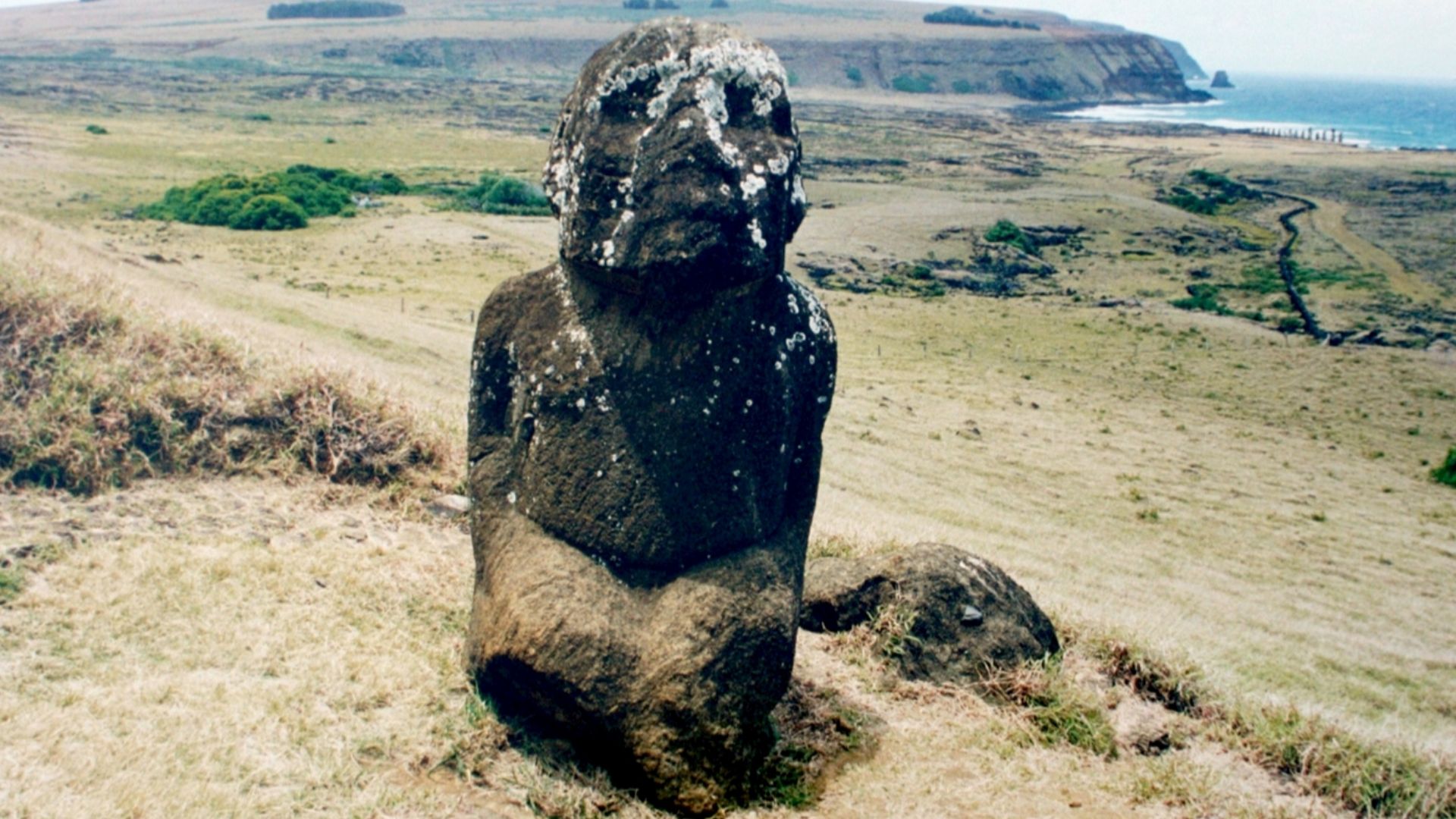 Brocken Inaglory, Wikimedia Commons
Brocken Inaglory, Wikimedia Commons
Quarry Operations
Rano Raraku volcanic crater turned into the island's primary statue factory, where skilled carvers worked like ancient sculptors in an outdoor workshop. Teams of 15+ craftsmen would spend months chiseling each moai from the soft tuff rock face, then carefully sliding the finished giants down into dug pits.
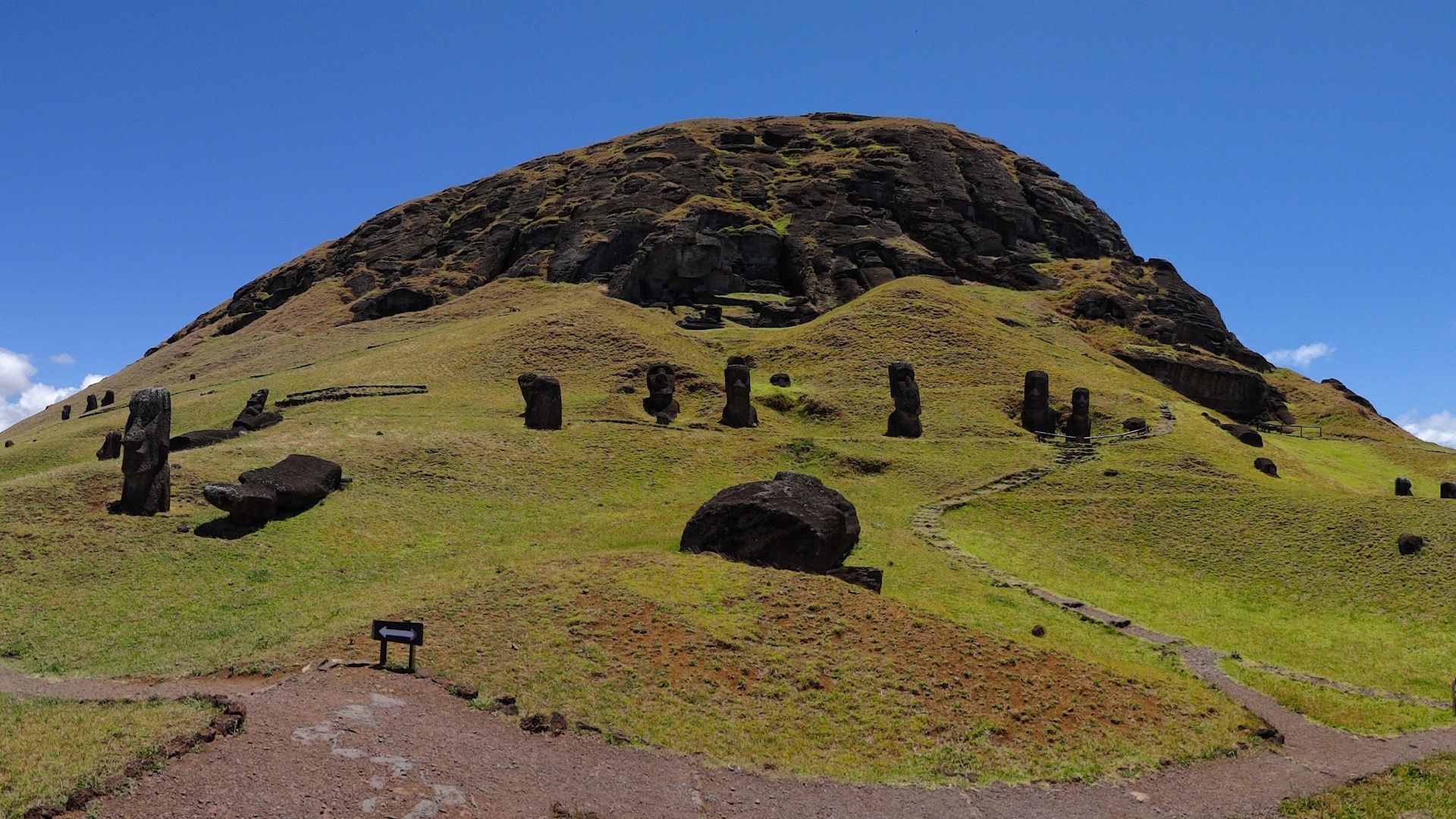 Bjørn Christian Tørrissen, Wikimedia Commons
Bjørn Christian Tørrissen, Wikimedia Commons
European Contact
Dutch explorer Jacob Roggeveen stumbled upon the island on Easter Sunday, 1722, giving it its European name. By then, the golden age of moai-building had ended, and Roggeveen found a society already in transition. Captain James Cook's 1774 visit documented a dramatically reduced population.
Climate Drought
In recent years, climate change triggered an unprecedented drought that slowly evaporated Rano Raraku's crater lake over two years. This same lake had held freshwater for centuries, but rising temperatures and changing weather patterns dried up this ancient water source.
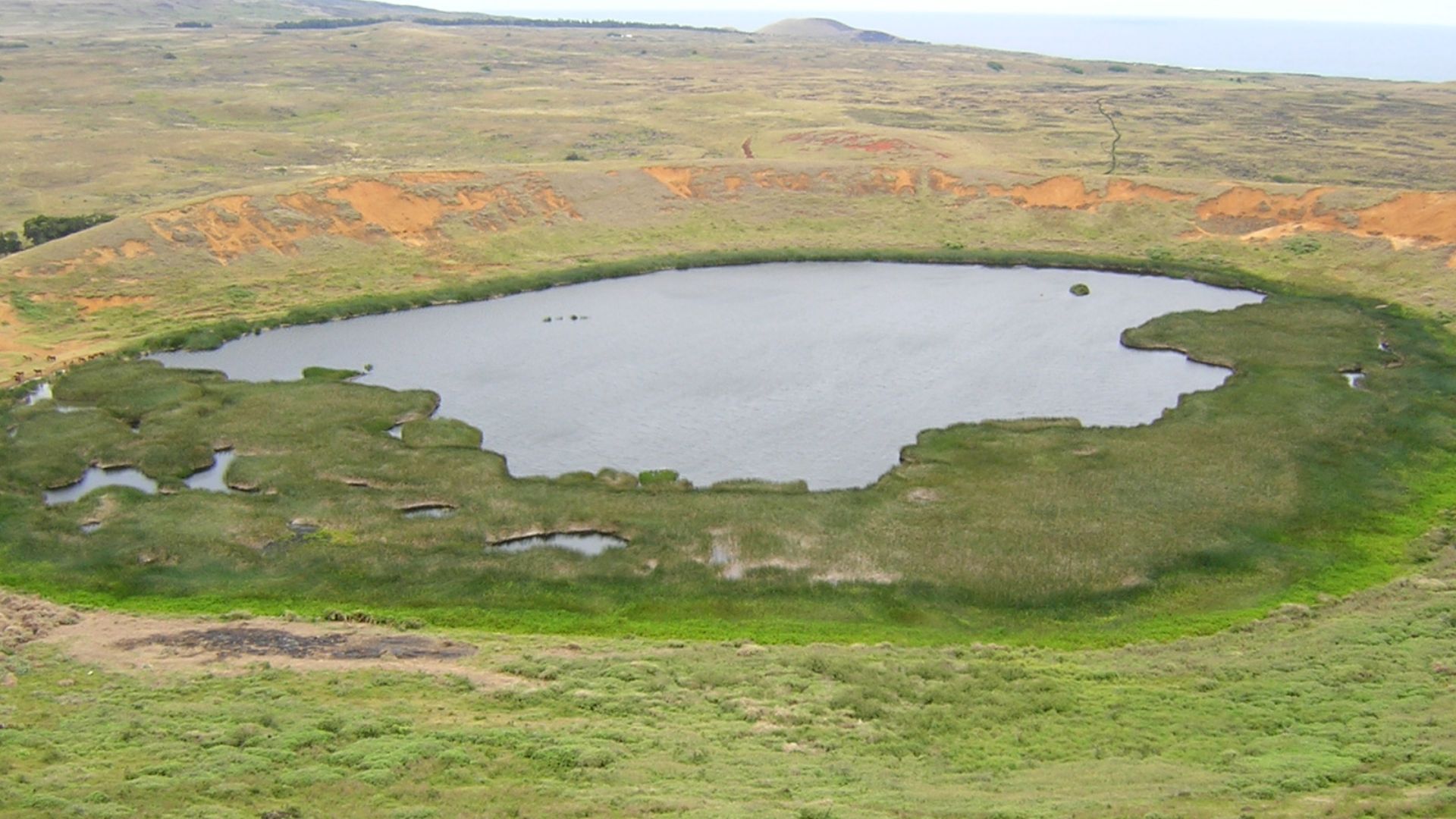 Pablo Rodríguez from Barcelona, Spain, Wikimedia Commons
Pablo Rodríguez from Barcelona, Spain, Wikimedia Commons
Lake Evaporation
As water levels dropped, researchers watched tall reeds that had grown in the lakebed for generations finally die back and reveal the ground beneath. The evaporation process happened gradually, giving scientists time to plan their investigation of areas that had been underwater and entirely inaccessible.
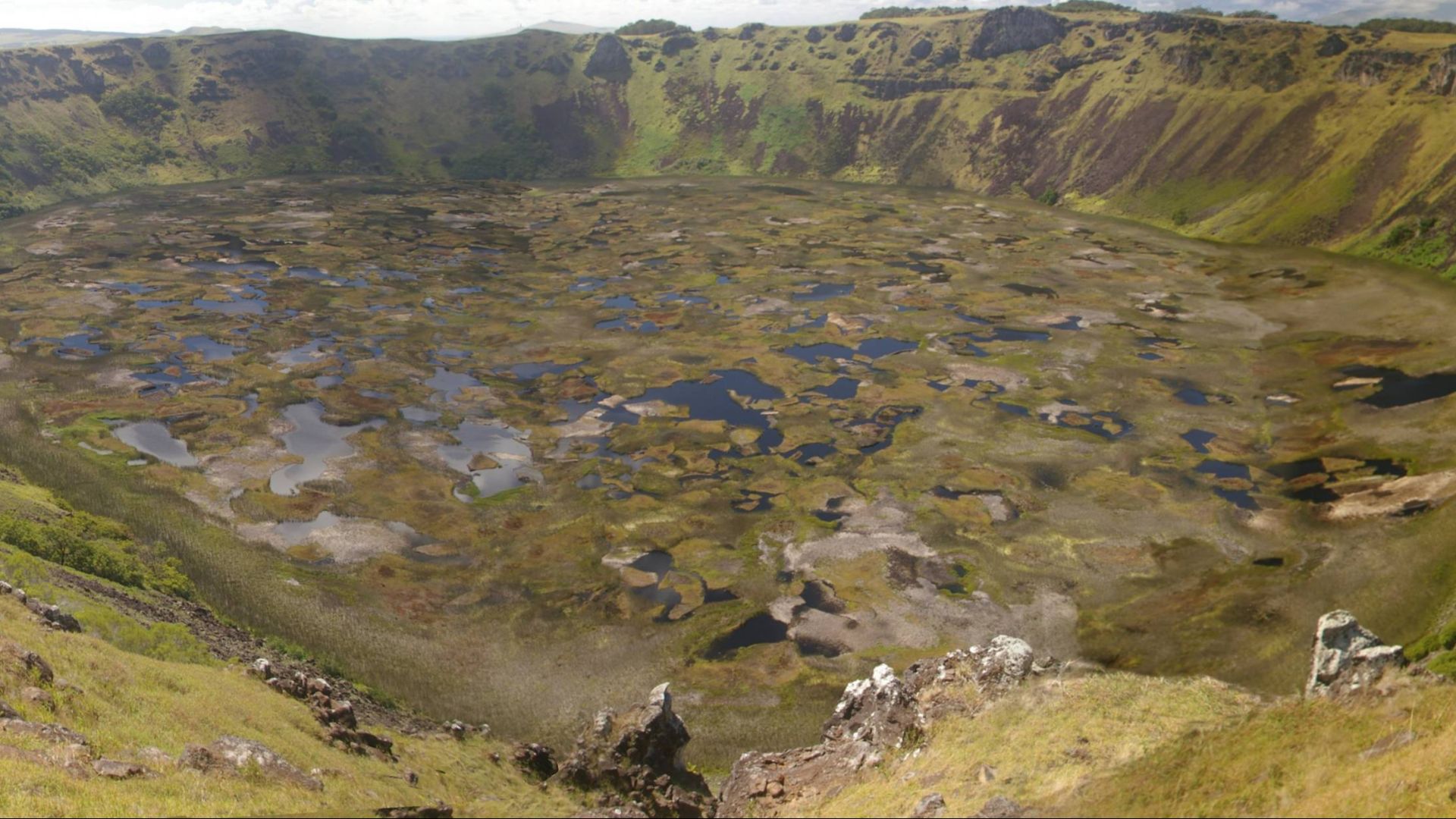 Rivi~commonswiki, Wikimedia Commons
Rivi~commonswiki, Wikimedia Commons
Indigenous Team
Members of Comunidad Indigena Ma'u Henua, the organization managing Rapa Nui National Park, made the stunning discovery while surveying the newly exposed lakebed. These indigenous guardians, descendants of the original statue builders, are believed to have deep cultural connections to the moai.
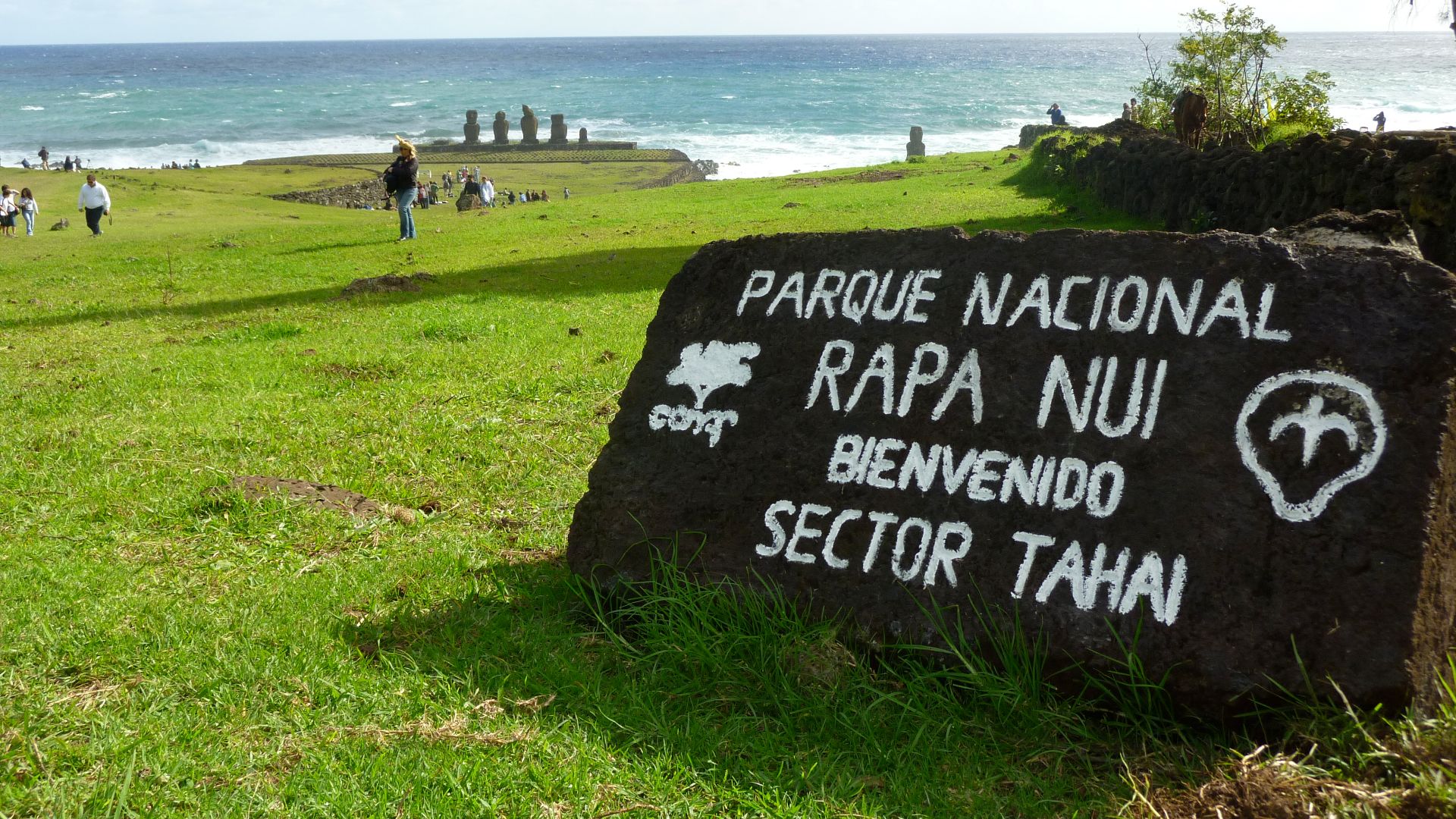 David Lytle from San Francisco, CA, USA, Wikimedia Commons
David Lytle from San Francisco, CA, USA, Wikimedia Commons
Statue Emergence
The team found a 5-foot-6-inch moai lying face-up in the dried mud, completely intact and unlike anything they'd seen before. This wasn't just another statue—it was the first moai detected inside a lake crater rather than on land. The positioning suggested it had been deliberately placed there.
 Dennis G. Jarvis, Wikimedia Commons
Dennis G. Jarvis, Wikimedia Commons
Expert Arrival
Archaeologist Terry Hunt from the University of Arizona arrived just one day after the finding, perfectly timed for a planned Good Morning America documentary about climate change impacts on Easter Island. Hunt, who has studied Rapa Nui for over 20 years, immediately recognized its significance.
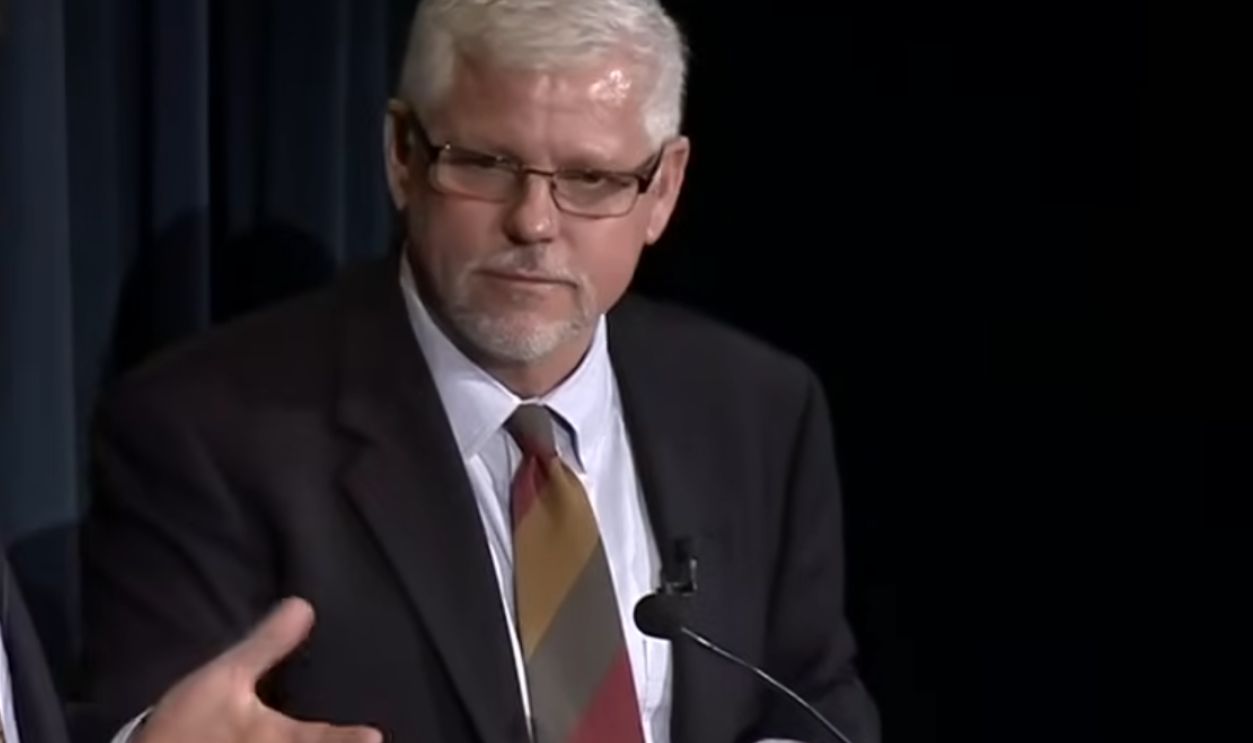 Terry Hunt and Carl Lipo: The Statues That Walked | Nat Geo Live by National Geographic
Terry Hunt and Carl Lipo: The Statues That Walked | Nat Geo Live by National Geographic
Size Comparison
The recently located moai is one of the smallest statues ever found on Easter Island. For perspective, the largest moai called Te Tokanga stretches 71 feet long and weighs an estimated 90–100 tons, while most statues average around 13 feet tall and weigh 12–14 tons each.
Face-Up Position
Unlike the hundreds of buried moai standing upright around Rano Raraku, this statue lies horizontal on its back. The unusual positioning caught researchers' attention because moai were traditionally erected vertically on ceremonial platforms called ahu, facing inland to watch over their communities with an imposing presence.
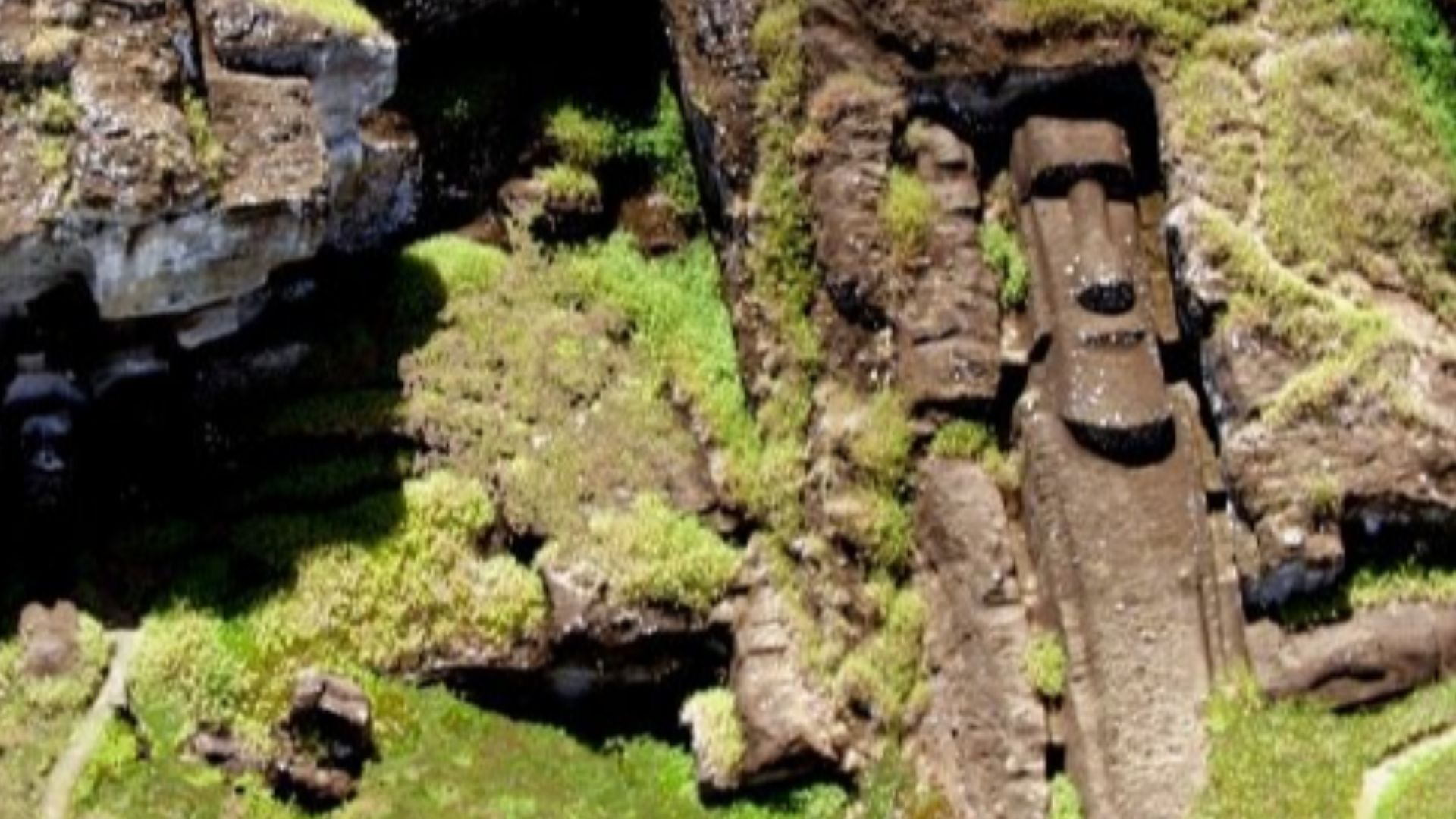 Alejandra Edwards, Wikimedia Commons
Alejandra Edwards, Wikimedia Commons
Eye Sockets
The statue's eye sockets had already been carved out—a critical detail that highlights its completion status. Eye carving was historically the final step before a moai was considered finished and ready for ceremonial display. This suggests the item wasn't abandoned mid-construction.
 Dennis G. Jarvis, Wikimedia Commons
Dennis G. Jarvis, Wikimedia Commons
Material Analysis
Scientists also confirmed that the moai was carved from the same compressed volcanic tuff (lapilli tuff) sourced from Rano Raraku quarry, not transported from elsewhere. This soft, easily-worked volcanic ash material comprises 95% of all Easter Island statues. The remaining 5% were made from harder materials like basalt.
 James St. John, Wikimedia Commons
James St. John, Wikimedia Commons
Radar Technology
Hunt is exploring ground-penetrating radar technology to scan the lakebed for additional buried moai without disturbing the archaeological site. This non-invasive imaging method can detect dense stone objects underground by sending electromagnetic pulses into the soil and analyzing the reflected signals that bounce back from solid structures.
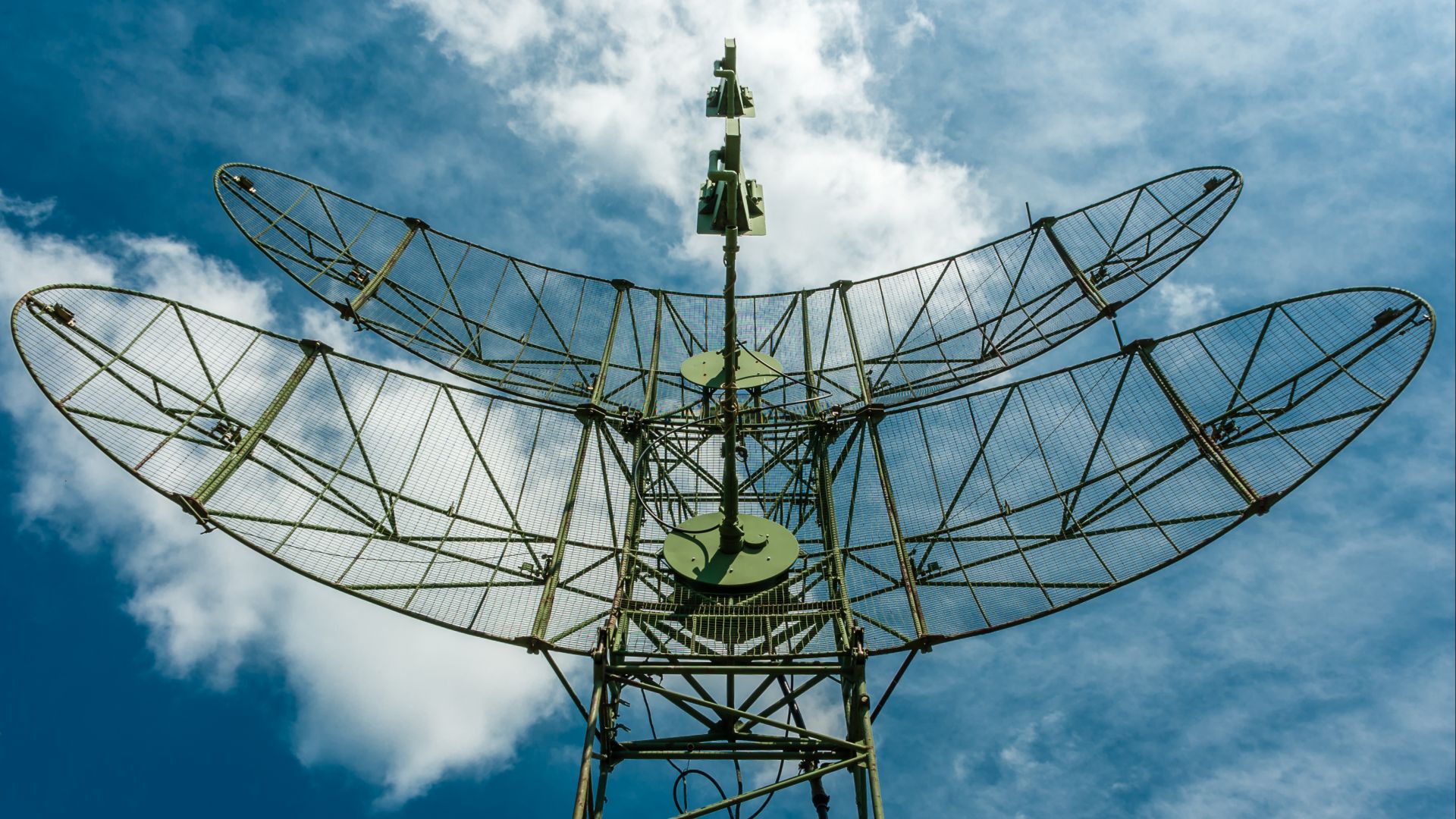 György Gábor, Wikimedia Commons
György Gábor, Wikimedia Commons
Walking Theory
The finding reignites debates about how ancient Rapa Nui people transported their massive statues across the island. Oral traditions describe moai "walking" to their destinations using supernatural mana power. However, modern experiments demonstrate that teams with ropes could rock statues forward in controlled walking motions.
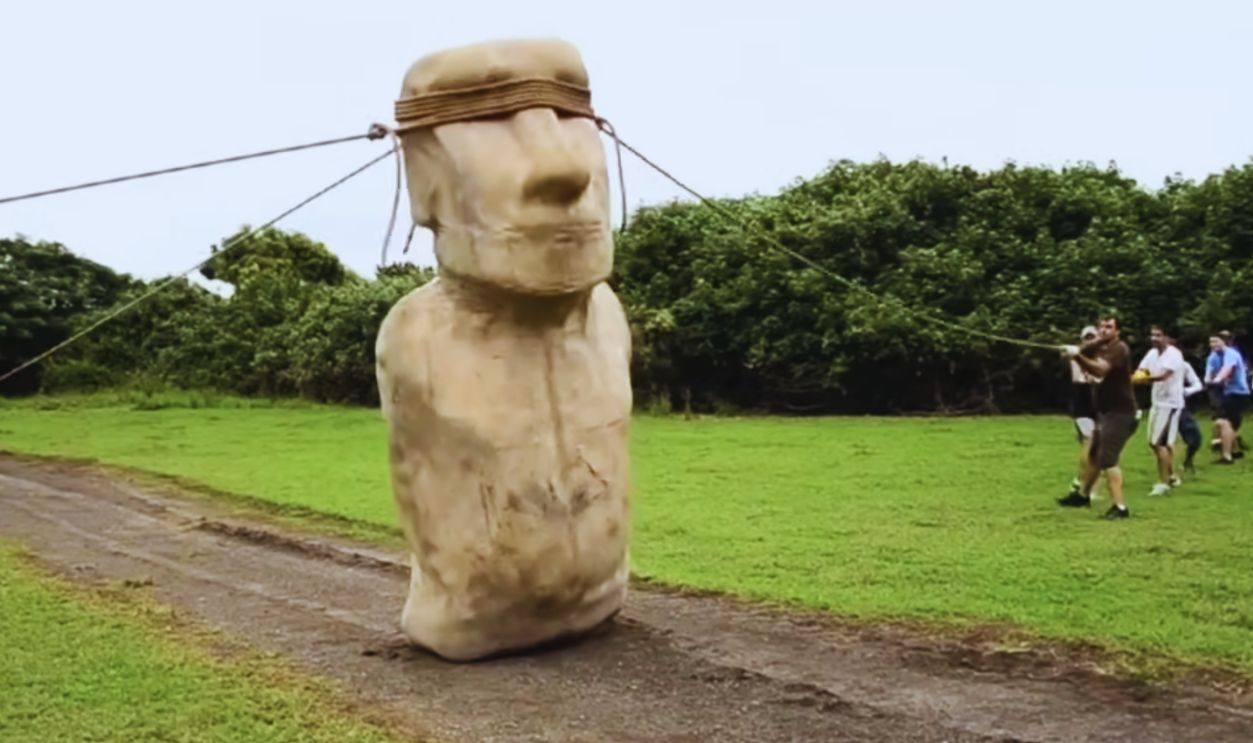 Terry Hunt and Carl Lipo: The Statues That Walked | Nat Geo Live by National Geographic
Terry Hunt and Carl Lipo: The Statues That Walked | Nat Geo Live by National Geographic
Cultural Meaning
Salvador Atan Hito, vice president of Ma'u Henua, emphasized the profound spiritual significance for Rapa Nui people, stating that even their grandparents and ancestors did not know this hidden statue. The piece connects modern islanders to unknown aspects of their cultural heritage.
Climate Change Documentation
It also becomes a powerful symbol of climate change's archaeological impacts, showing how environmental shifts can both reveal and threaten cultural heritage. The dried lake represents broader Pacific island vulnerabilities to rising seas, changing rainfall patterns, and extreme weather events.
UNESCO Designation
The sensational discovery reinforces Easter Island's UNESCO World Heritage status, potentially leading to enhanced international protection funding and stricter visitor regulations. UNESCO recognizes the island's "outstanding universal value" to humanity, making preservation a global responsibility rather than just Chile's burden.
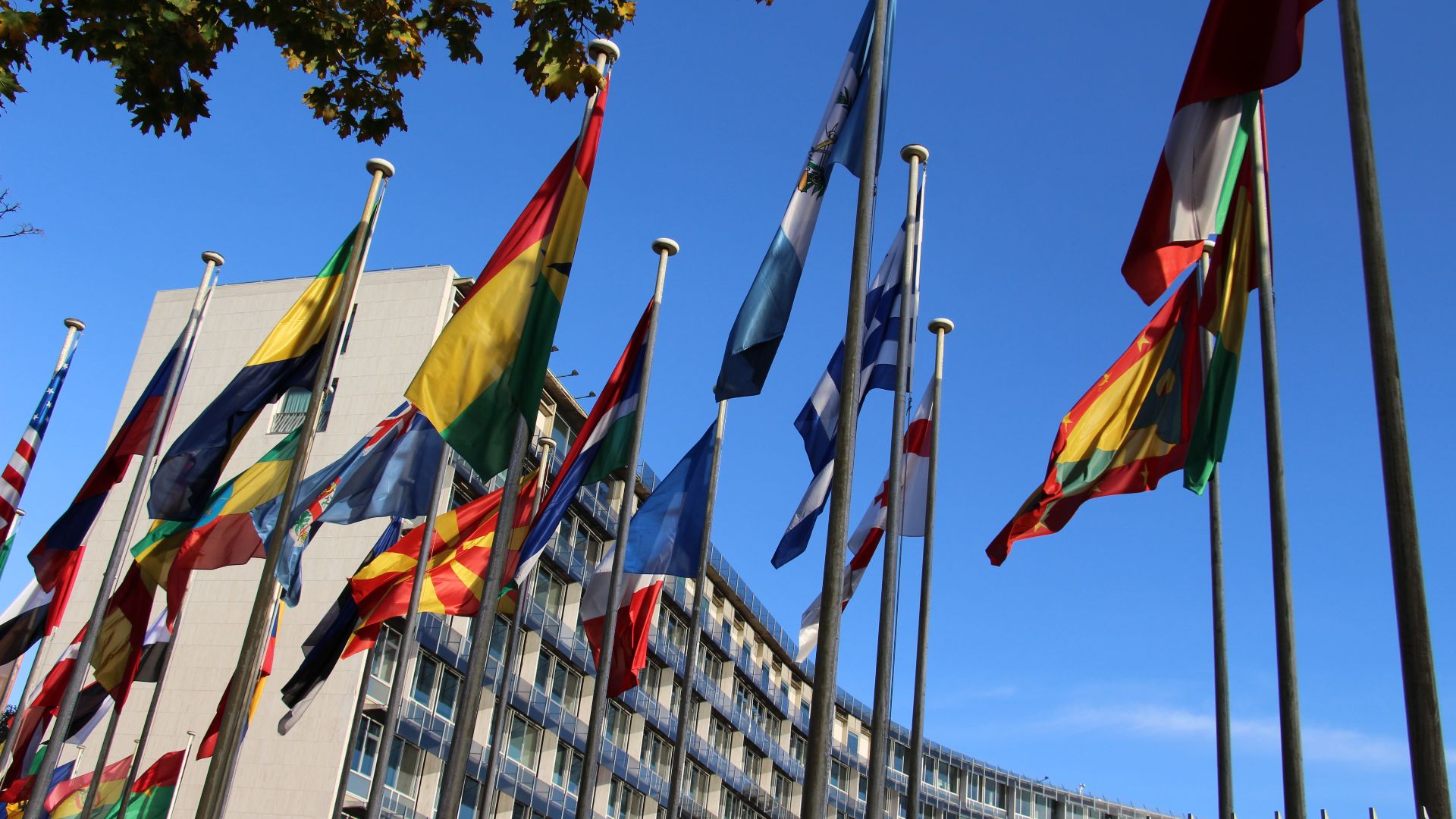 Fred Romero from Paris, France, Wikimedia Commons
Fred Romero from Paris, France, Wikimedia Commons
Cultural Revival
Modern Rapa Nui descendants actively reclaim their heritage through traditional arts, language preservation, and political autonomy movements. They've revived ancient practices like wood carving and the annual Tapati festival. Despite centuries of colonial suppression, today's islanders successfully balance respect for ancestral traditions with participation in contemporary Chilean society.
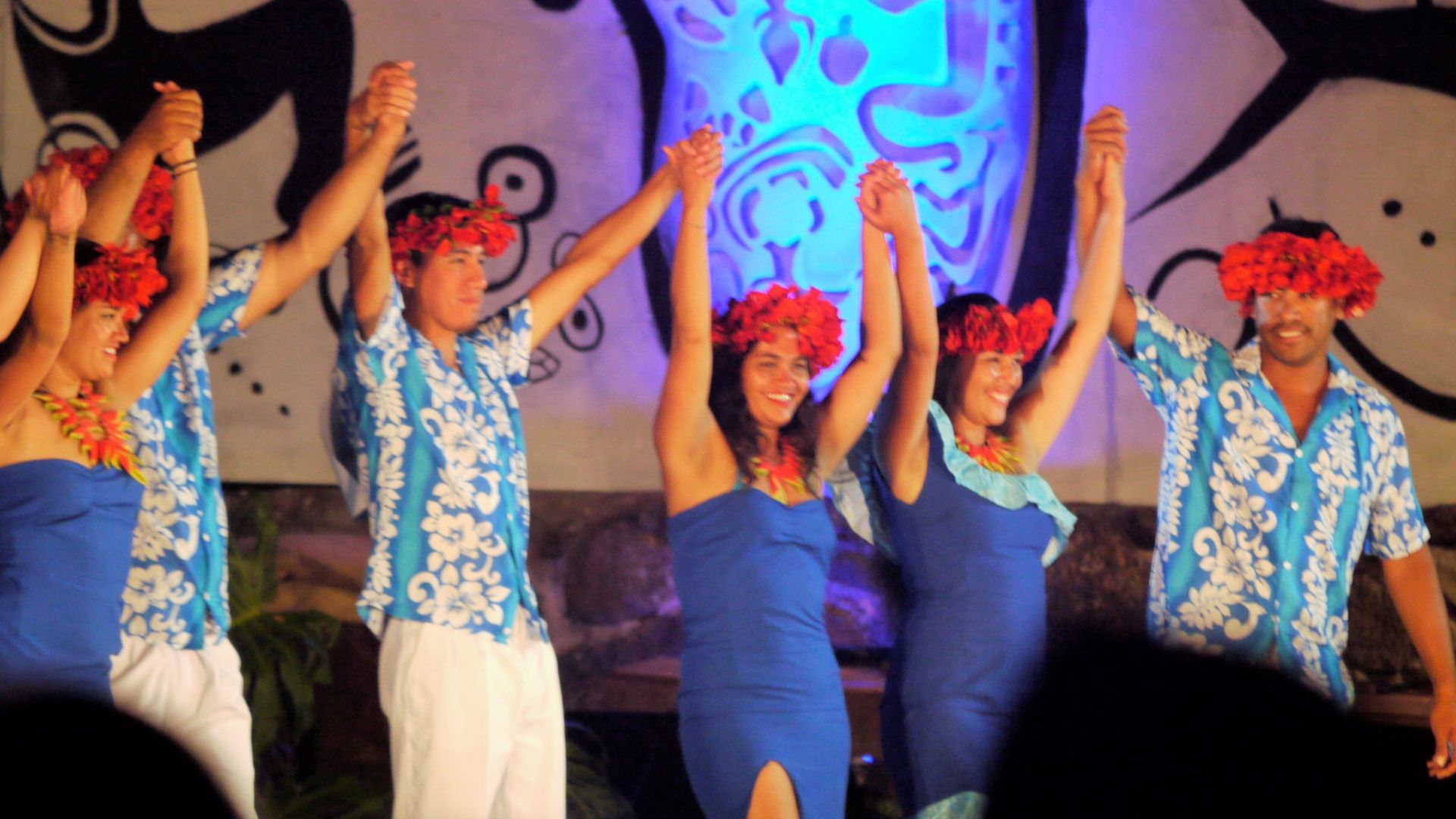 Mike W. from Vancouver, Canada, Wikimedia Commons
Mike W. from Vancouver, Canada, Wikimedia Commons
Restoration Efforts
Modern restoration began with Thor Heyerdahl's 1955 expedition, which re-erected the first moai in centuries using traditional techniques described by elderly islanders. Japanese teams restored the spectacular 15-statue Ahu Tongariki platform in the 1990s after tsunami damage. Today, about 50 moai stand upright.
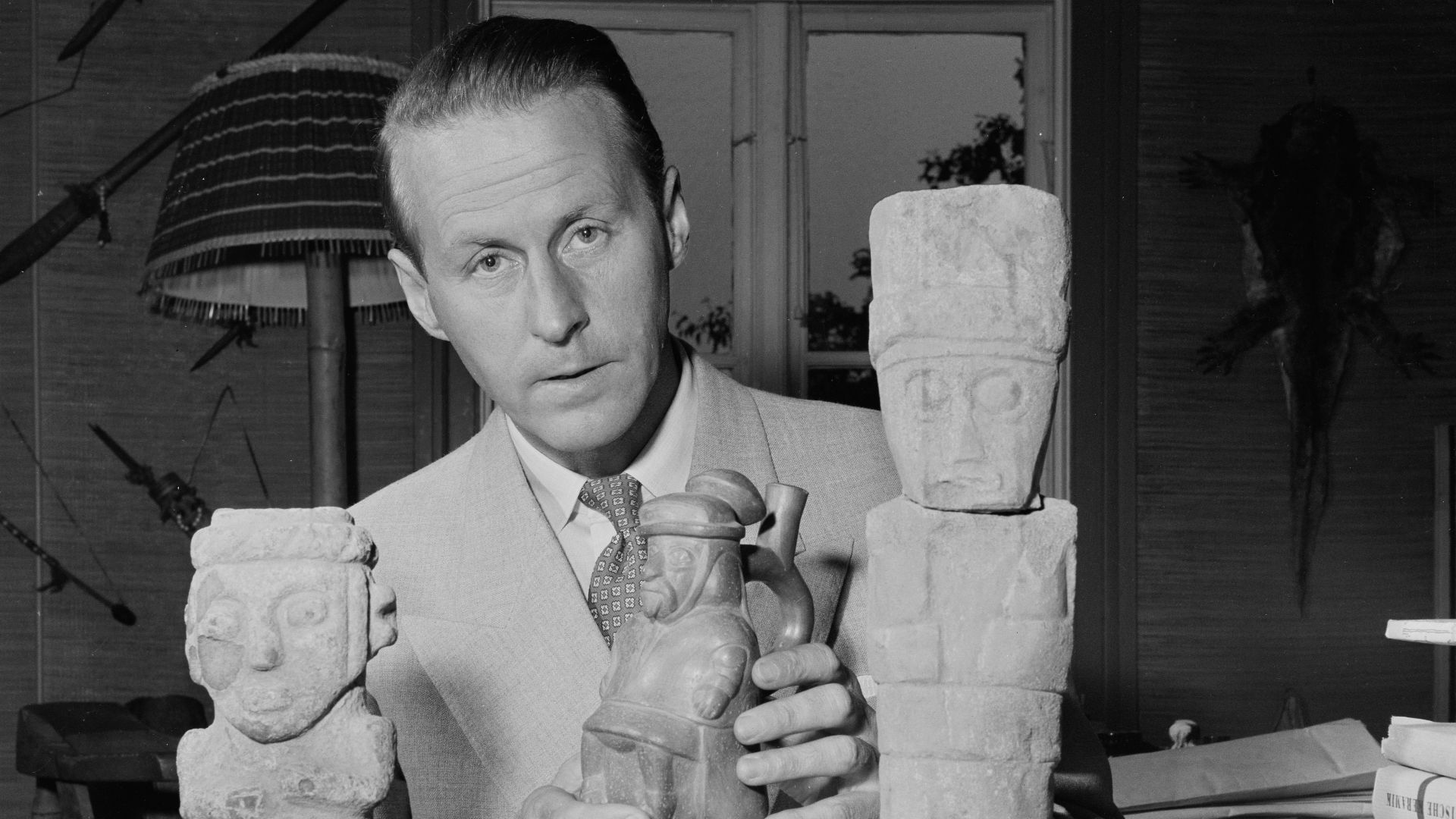 Bjørn Fjørtoft, Wikimedia Commons
Bjørn Fjørtoft, Wikimedia Commons

